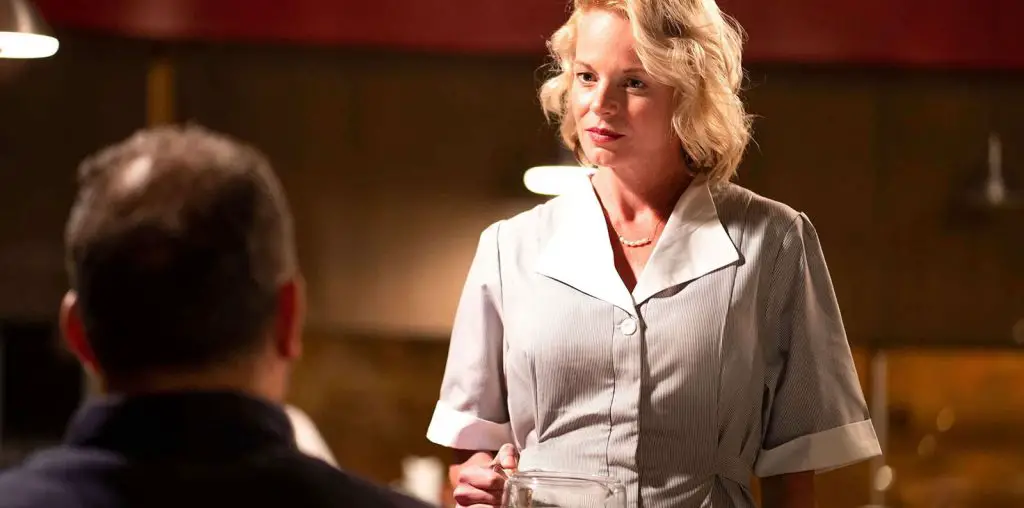
Director Tim Busko trusts his subject and it pays off. In this 60-minute documentary, only one man (and his cat, Zeusy) is shown on screen. The viewer spends one full hour listening to this man tell us who he is (or, who he wants us to think he is) and it works. Filmed in crisp black-and-white, poet/novelist/musician Eric Morder recounts his life’s inner-workings. Within in first few minutes of footage, it’s clear that there’s more to the subject than he’s letting on and that’s trying to gauge what that might be is what makes Half a Bee such an interesting film.
At times, Morder seems like a try-too-hard, who revels in his own instability:
“It’s a very strange concept because once start getting into this in your own head you start thinking like, a lot of inverted mirror-like, uh, transitions in your head about the nature of perception, like, um, like, “I don’t know how strange I am.” Like, I think the interesting thing about filming me is that I’m just a little strange but I’m not how strange I am. That’s the question I have. So, as I reflect on each passing moment, there’s a wide range of expected degree of strangeness and I don’t know which one it is. It’s not really that strange at all, to be honest, maybe a little…wired.”
But then there are times throughout the film where he appears absolutely genuine. And it’s unclear if those moments are just the result of Morder hiding his true motivations more effectively or if that’s really how feels. Maybe he doesn’t know. Morder does give off the impression that his psyche is an open book but his particular combination of false modesty and matter-of-factness suggests a wall of bravado that he hides behind.
One doesn’t get the impression that Morder needs much persuasion to share his opinions or his music (about half the film consists of the singer-songwriter performing original acoustic works). There’s a rebellious attitude here that comes with the acknowledgement of your own unbalance. He speaks of encounters with supernatural spirits and psychic connections with Bob Dylan like he’s tired of telling those same old stories. He shares personal experiences, often ones that he realizes are a bit off, that most people would either keep to themselves or tell with a layer of embarrassment. But when Morder describes his visions of his late great-grandfather appearing to him in a vision donning blue spiked hair, it’s with an eerie blend of I’m Being Strange! Pay Attention To Me! and I Actually Believe This. And that balance is the most intriguing part of the film. Busko deserves a lot of credit for presenting an image of his subject that remains non-exploitative–with no sense of mockery–that allows Morder to speak for himself, even when the things he’s speaking about are clearly trying to reach that expected degree of strangeness.
This film was submitted for review through our Submission for Review system. If you have a film you’d like us to see, and we aren’t already looking into it on our own, you too can utilize this service.
